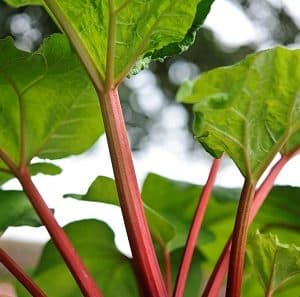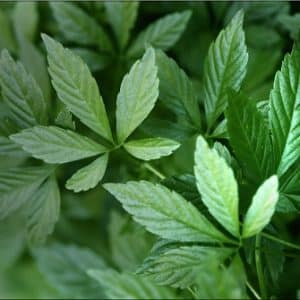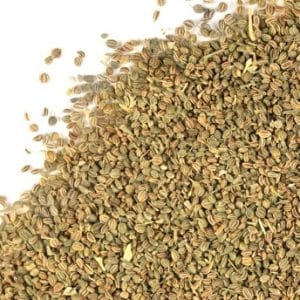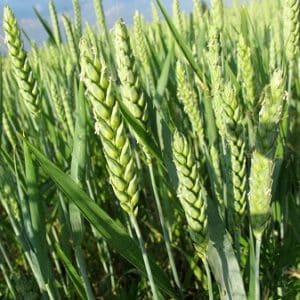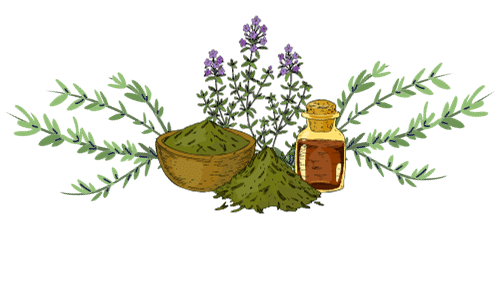$7.98 – $37.29
Dandelion is in most liver tonics due to its oils, the bitter resins that stimulate the digestive system. The fiber in the whole plant is described as viscous because of its astonishing ability to absorb and transport toxins from the bowels out of the body, balance intestinal flora, and soothe the digestive tract in the process.
Botanical Name
Common Names
Dandelion was recommended in the works of Arab physicians in the 11th century and in an herbal written by the physicians of Myddfai in Wales in the 13th century.
Its name was apparently invented by a 15th century surgeon who compared the shape of the leaves to a lions tooth.
Dandelion was not mentioned in Chinese herbals until the 7th century CE, nor did it appear in Europe until 1485. While Western herbalists separate the leaves and the root, the Chinese use the whole plant.
Dandelion is such a valuable herb that, it is said, if it were as rare as ginseng, it would command a similar price.
A strong diuretic, its properties are absorbed through the skin. Young children who handle the flowers too much will have nocturnal enuresis, or wet the bed. This was the name given to it in former times (Wet-the-beds), and obviously recognized before the active principles in the plant were discovered and chemically isolated.
Frontier healers recommended dandelion as a spring tonic, and it is credited with saving the lives of the pioneers in winter because of its high vitamin content. Brought to America from Europe, it soon became a noxious weed found everywhere.
Native Americans used it for many reasons, including treating skin problems such as acne, eczema, and hives. The Pillager-Ojibwa made a dandelion root tea as a treatment for heartburn, while the Cherokee used the tea to calm nerves. The Iroquois used dandelion for a wide variety of conditions, including anemia, constipation, pain, and water retention. Many tribes chewed the dried sap like chewing gum and even roasted the root to make a coffee substitute.
The dandelion was used in the New Mexico region of the US since it was introduced by the Spanish around 1820. Some tribal remedies included boiling the blooms in water until the water turned a bright yellow. The liquid was then allowed to sit outside overnight and a glassful drunk every morning for a month to cure heart trouble. Others ground the leaves and applied the paste to broken bones and wrapping the area with bandages encrusted with fresh leaves to speed healing. The leaves could also be ground and added to dough to be applied to bad bruises to take the blood out.
In 1748, a traveller in French Canada discovered that the roots of the dandelion were used in salad as a tonic.
In the mid-18th century in Pennylvania, a large group of Mennonites brought the dandelion with them when they fled from religious persecution in Germany. They used the roots mainly for kidney and liver problems, manifested by the yellowing of the skin. The Shakers, in the mid-19th century US, also used the herb for liver problems.
Key Actions
Key Components
Medicinal Parts
Leaves, flowers, fresh seeds, root
Chinese scientists have discovered that dandelion extracts have bactericidal effects against a number of nasty bacteria including S. aureus and those responsible for diphtheria, tuberculosis, and pneumonia.
